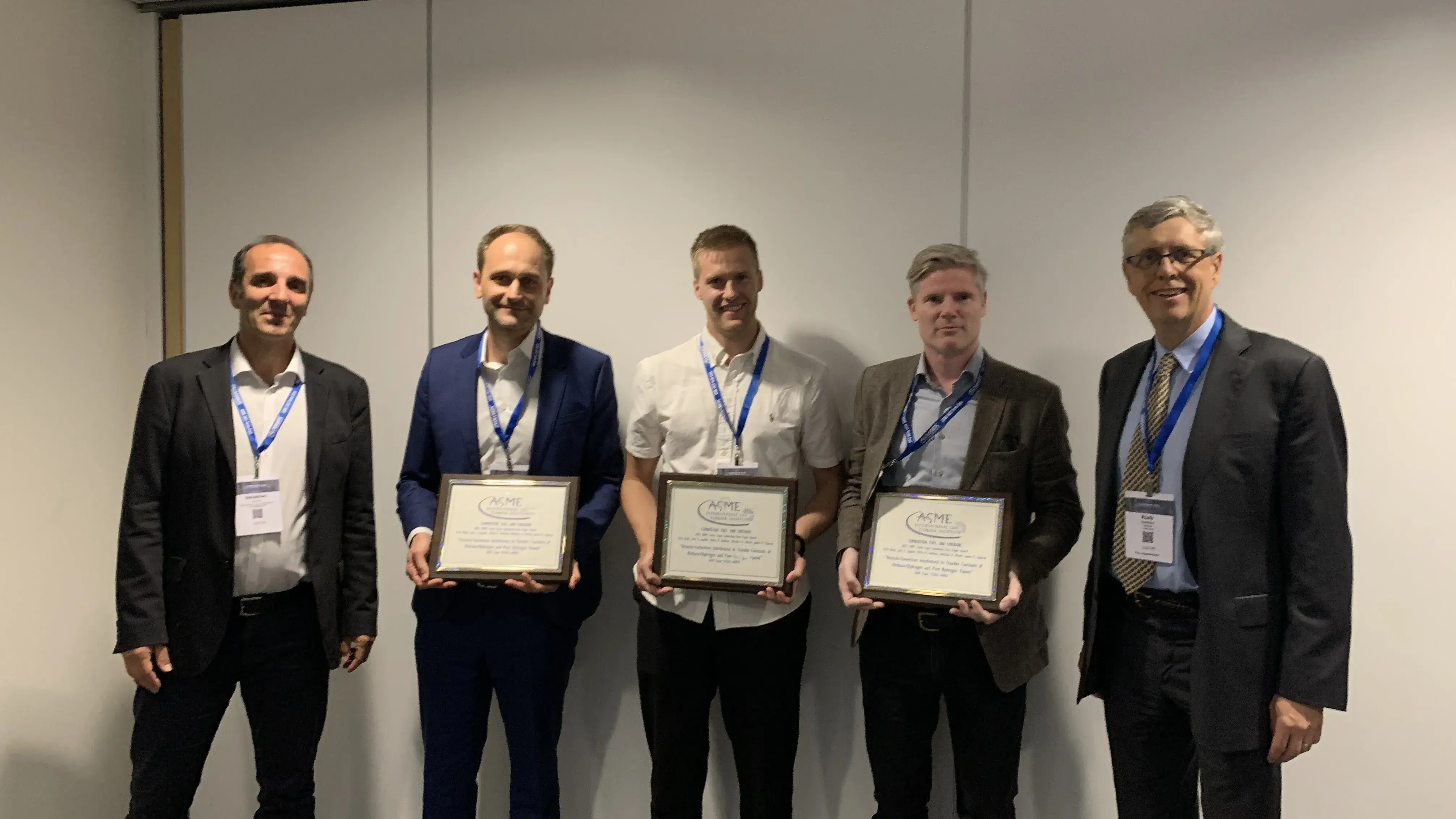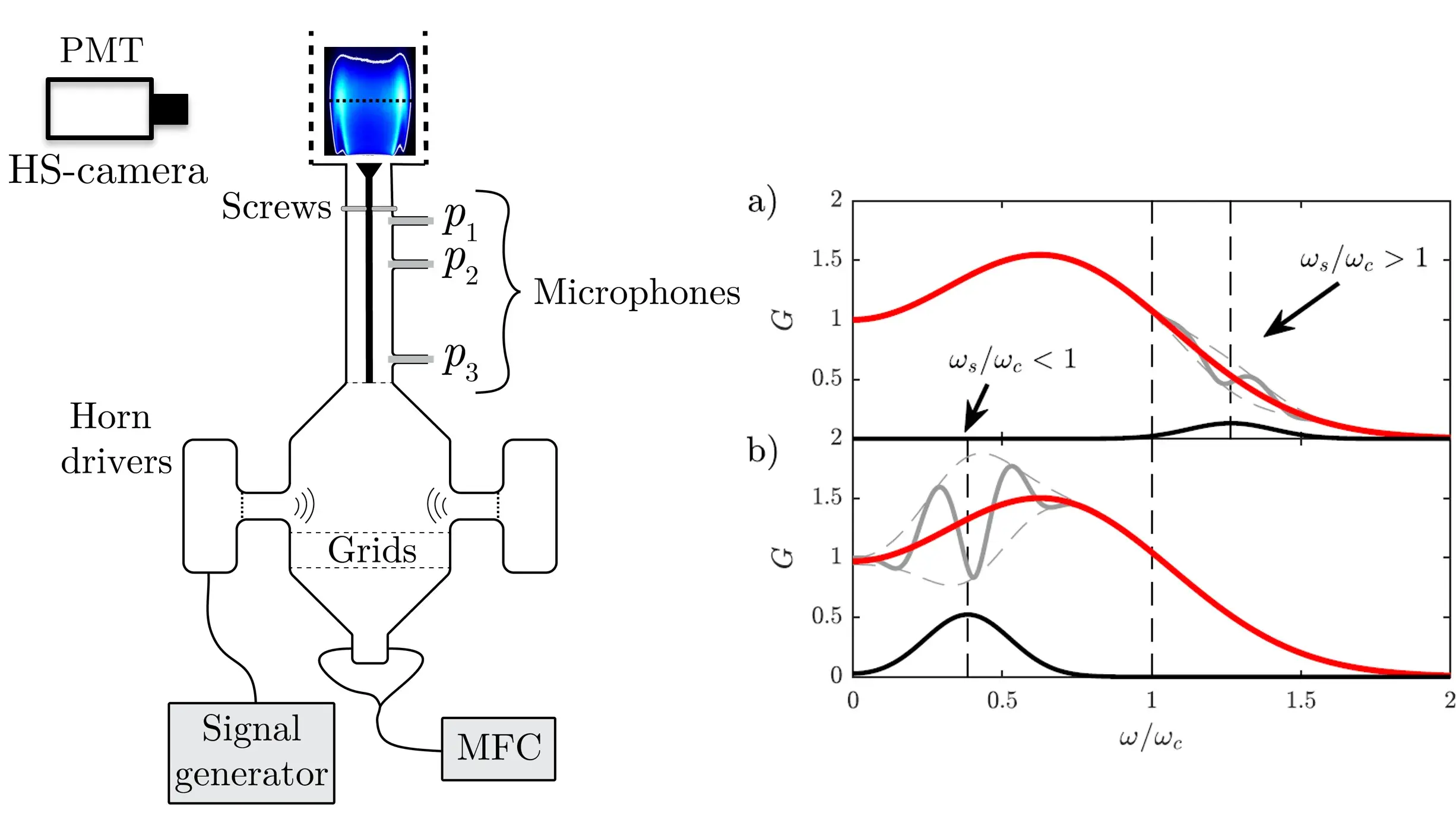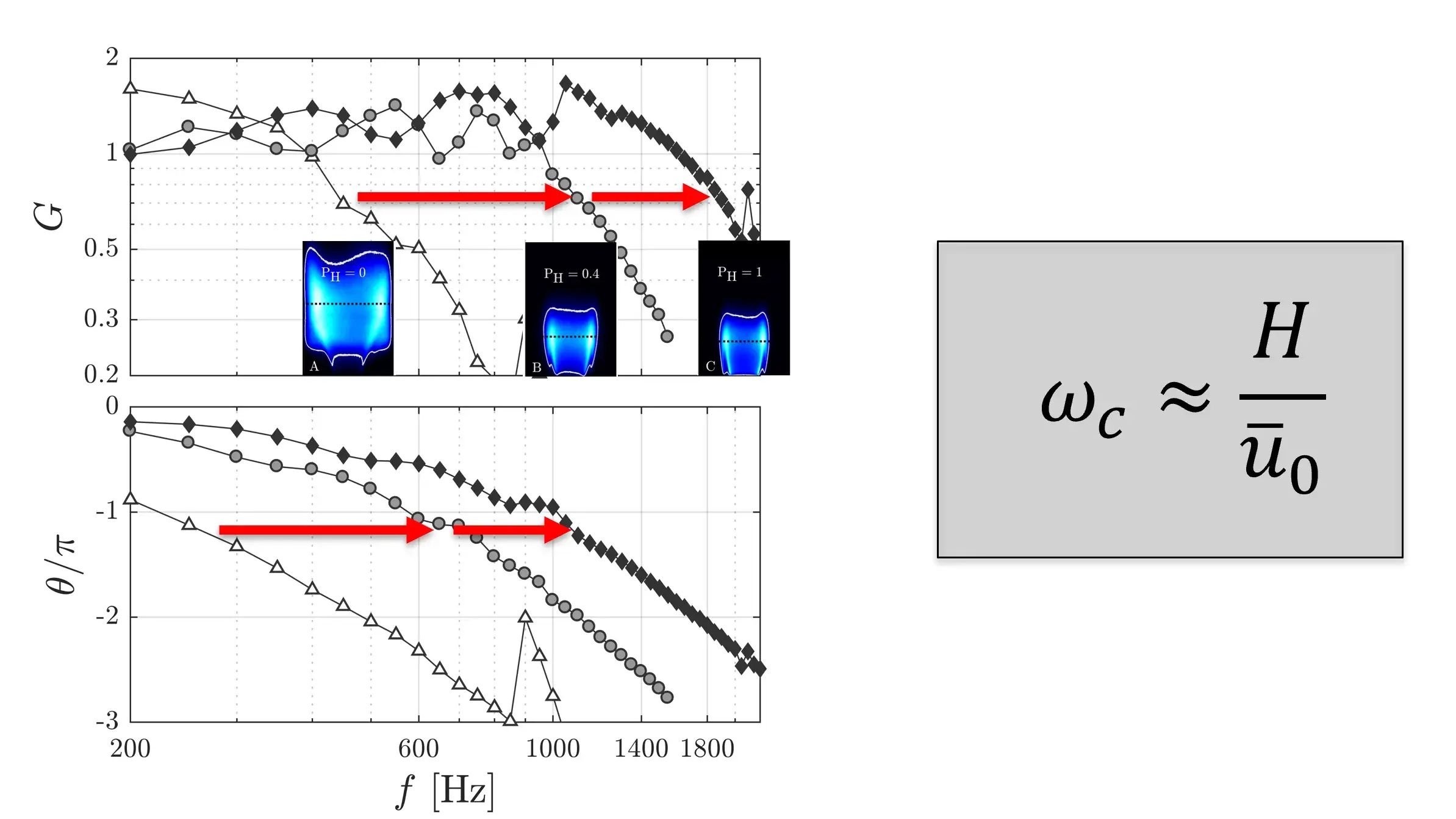Best Paper Award - Paper from NTNU Trondheim and ZHAW wins prize at ASME Turbo Expo 2022
For their paper «Acoustic-convective interference in transfer functions of methane/hydrogen and pure hydrogen flames» researchers from the Norwegian University of Science and Technology (NTNU) and the Institute of Energy Systems and Fluid Engineering from the ZHAW were awarded the Best Paper Award by the Combustion Fuels and Emissions Committee (CFE) of the American Society of Mechanical Engineers (ASME).

The CFE Best Paper Award is presented annually for the best contributions in the field of combustion. The award was won in the category "Applied Paper". The ASME Turbo Expo is the world's largest conference in the field of turbomachinery and is held, alternating between Europe and North America. This year the award ceremony took place in Rotterdam in June. The researchers from the Norwegian University of Science and Technology in Trondheim were involved in the paper: Eirik Æsøy, José G. Aguilar, Nicholas A. Worth and James R. Dawson. Mirko Bothien, head of the Distributed Thermal Energy Systems research group at the Institute of Energy Systems and Fluid Engineering (IEFE), was involved in the work as an expert in thermoacoustics and hydrogen combustion as part of his associate professorship at NTNU. This was Mirko Bothien's second Best Paper Award since 2015.
Results of the paper
In this work, the occurrence and the cause of modulations in the flame transfer functions (FTF) of perfectly premixed CH4/H2 and pure H2 flames are investigated.
It was experimentally and analytically proven that an upstream geometry generates acoustic-convective interferences which lead to modulations of the amplitude and phase of the FTF and thus have a large influence on the tendency of the system to thermoacoustic instabilities. By means of PIV measurements, it is shown that the convective flow instability has a strong asymmetric influence on the velocity fluctuations. The influence is quantified with the help of hydrodynamic transfer functions. Furthermore, it is shown that this phenomenon is particularly relevant for hydrogen flames and thus future combustion systems, due to the more compact flames compared to methane flames and the associated higher cut-off frequency.

